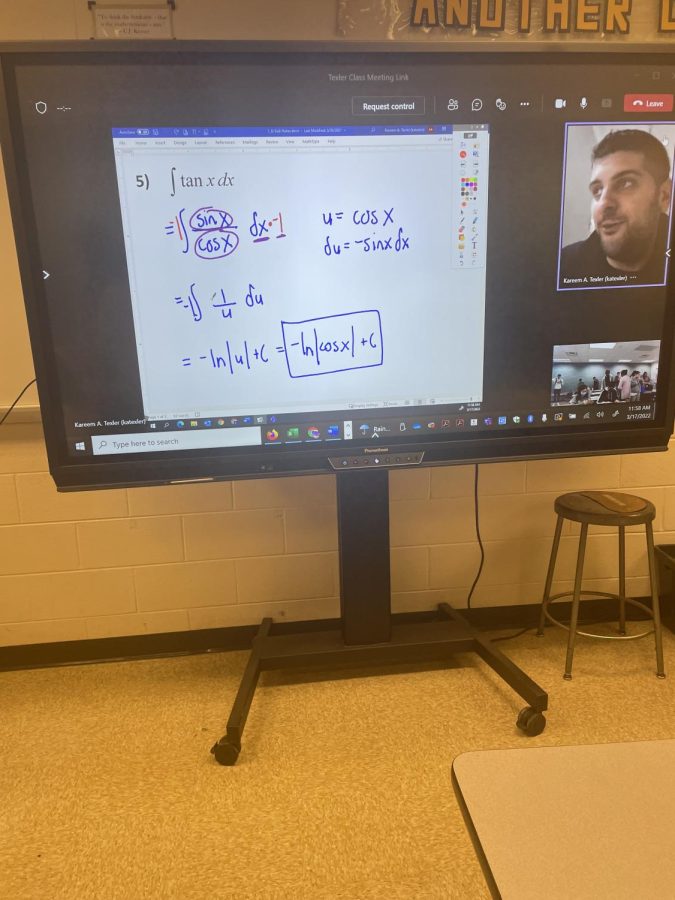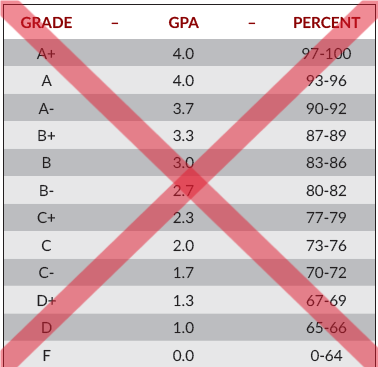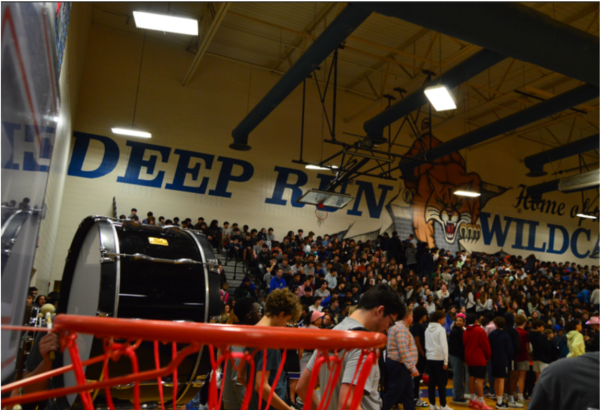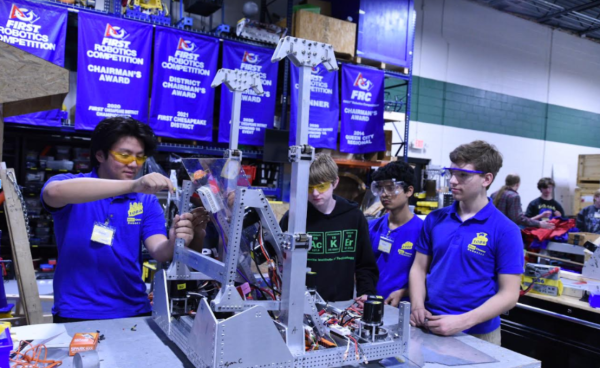Teachers bring back virtual teaching while quarantined
Photo courtesy of: Kara Bade
Kareem Texler teaches from home while using one of the new Promethean boards.
March 22, 2022
Ever since last year’s move to virtual learning, students have more easily been able to learn remotely when they are out sick. As they become more adept using virtual technology, some teachers have also taken this opportunity to keep up with the curriculum and momentum by teaching remotely when they are out as well.
Some teachers have been using the new Promethean boards to teach remotely, and others have required students to login on their computers through Teams in the classroom. While many teachers are posting their agenda and assignments through Schoology while they’re out, others have just been using Teams to check in with students and go over what they are supposed to be doing in class. Math teacher Kareem Texler is one of the teachers who opted to use Teams while he was out in order to keep teaching students the material, even if he couldn’t physically be in the classroom.
“Teaching virtually was really helpful in keeping my class from falling behind while I was absent for two weeks. I would not expect a substitute to teach my class, so I would have likely just assigned videos and practice worksheets, which wouldn’t be as effective,” Texler said.
Some teachers just checked in with their students, but it was still very beneficial.
“I think students were more motivated or were more likely to actually complete what I assigned if I explained the assignment and its purpose to them on the call. I was very concerned about losing touch with them for a week or more, as many students would not engage with the content if they didn’t think they would be held accountable for it,” social studies teacher Robert Rumans said.
While teaching online certainly offers teachers the opportunity to continue interacting with students and providing more support, there are also some negatives. Teachers can’t fully see what’s going on in the classroom, and don’t have the physical presence needed to ensure students are paying attention and fully immersed in the lesson.
“The downside of teaching in this way was that I could only see the middle of the room, so I couldn’t be sure that the entire class was engaged in the lesson. Also, while some students were willing to ask questions during the lesson, I think a lot of students didn’t feel comfortable doing that while I wasn’t physically in the classroom,” Texler said.
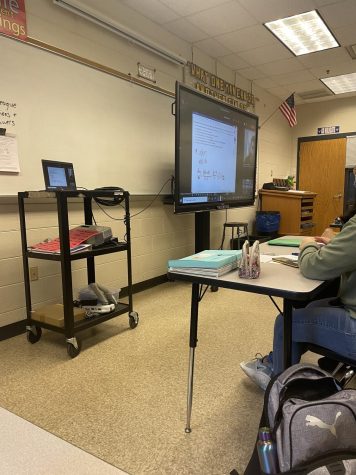
Texler emphasizes that just because the technology exists, teachers should not be expected to teach when they are at home sick. They should be able to use leave time as actual leave, and they should focus on getting better and resting. In his case, he was asymptomatic, allowing him to feel good enough to teach and itching to keep up with the curriculum pace.
“I think it’s important to note that it should not be an expectation for teachers to teach virtually while they’re sick. They should be able to use their time to rest and recover or take care of sick family members. But in my situation, I didn’t have bad symptoms, so it was possible for me to teach virtually,” Texler said.
Rumans was one of those teachers who needed to spend the time given in order to recuperate.
“I had the best of intentions to routinely check in with my classes, but ultimately did so less often than I had hoped. I just didn’t feel up to it. It made me feel worse to a certain extent to not be able to be there for my students,” Rumans said.
While teachers can teach virtually, it shouldn’t be expected of them. However, for the ones that do, they end up helping their students much more and don’t have to deal with the stress of catching up – just like students.

